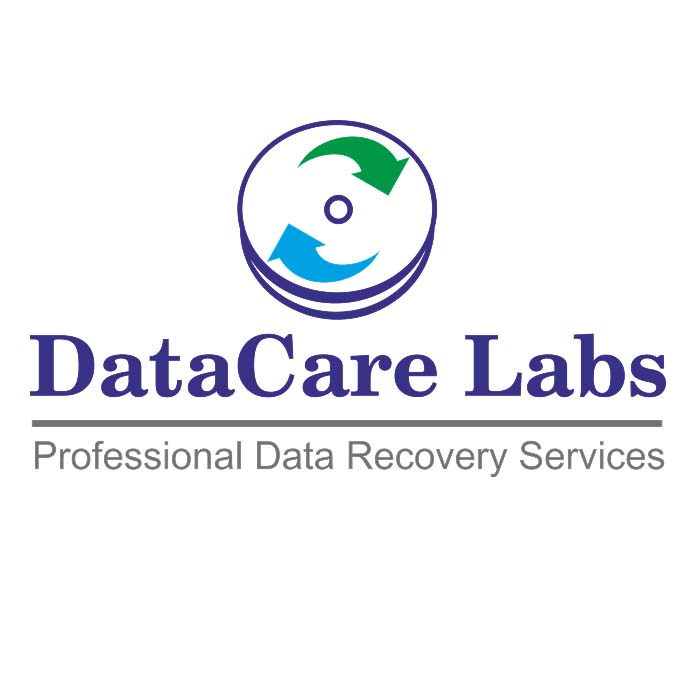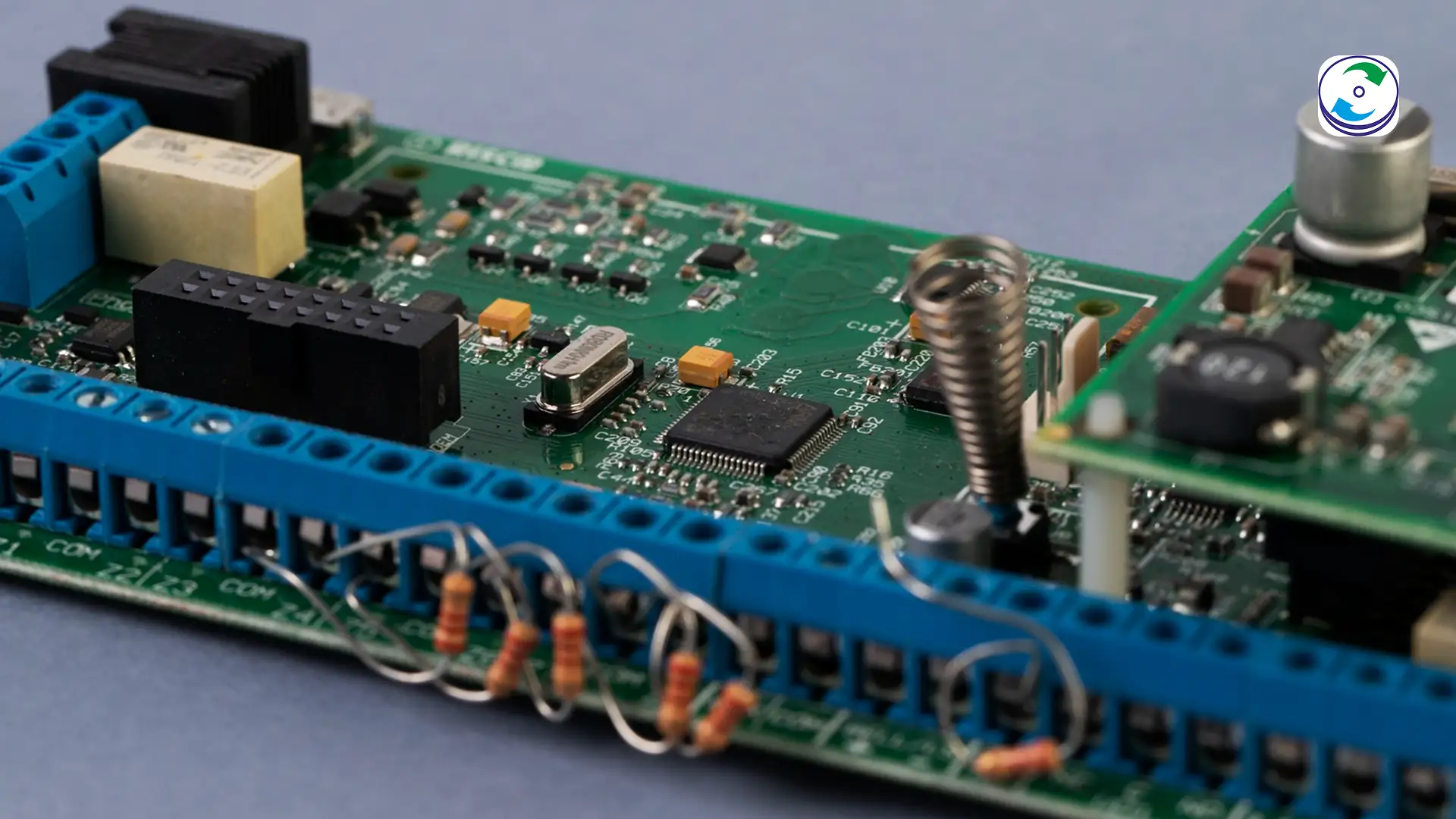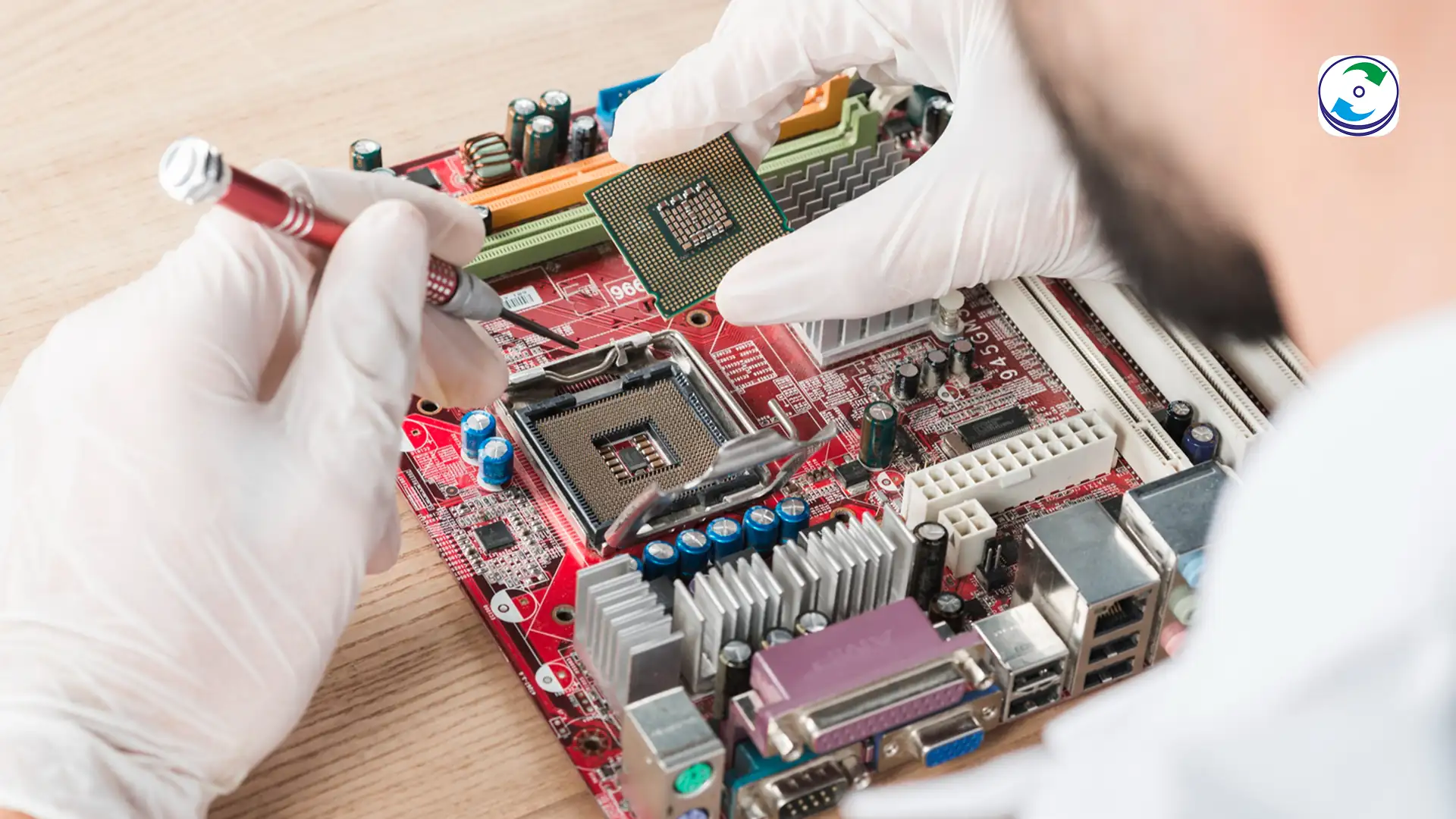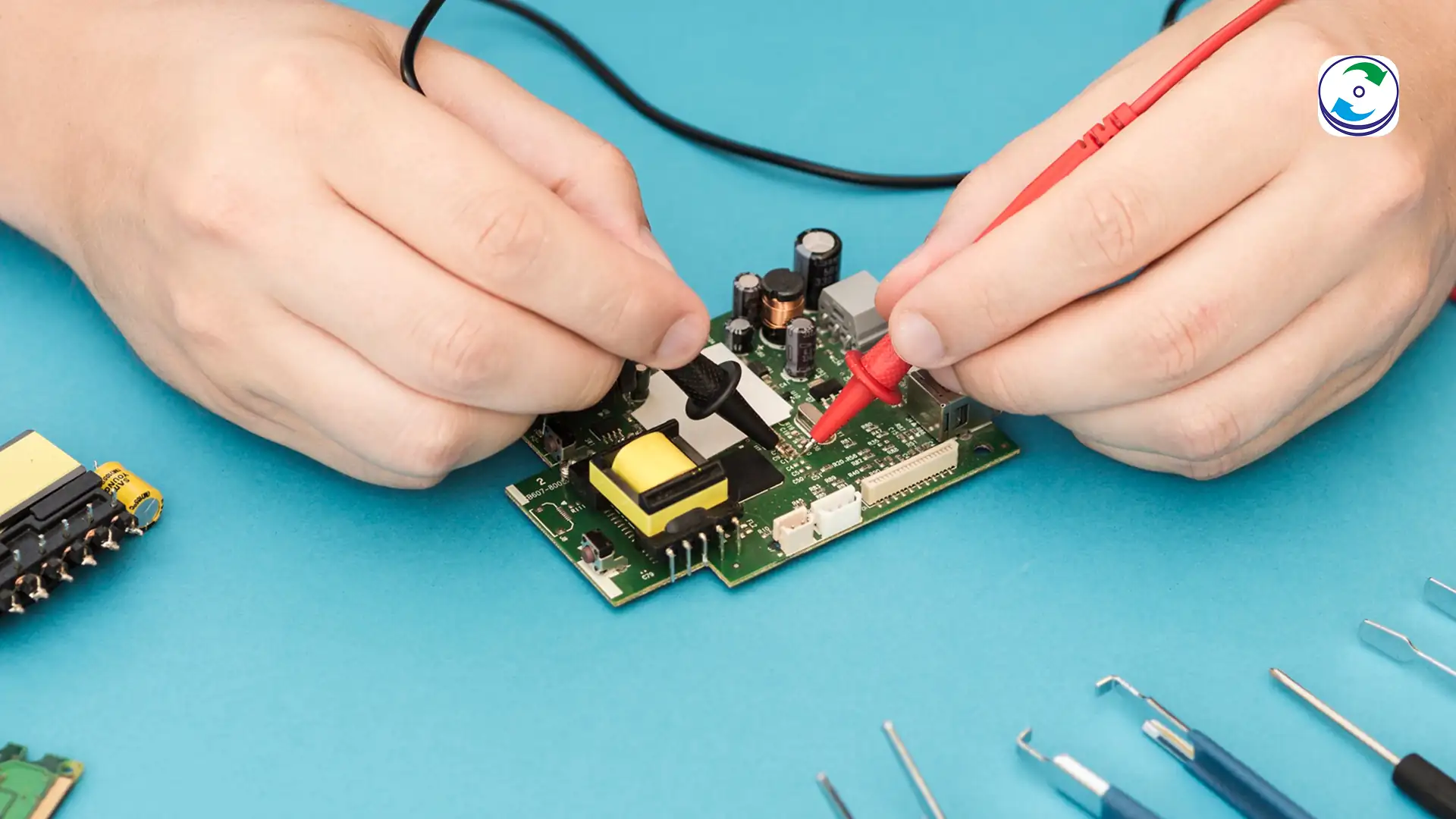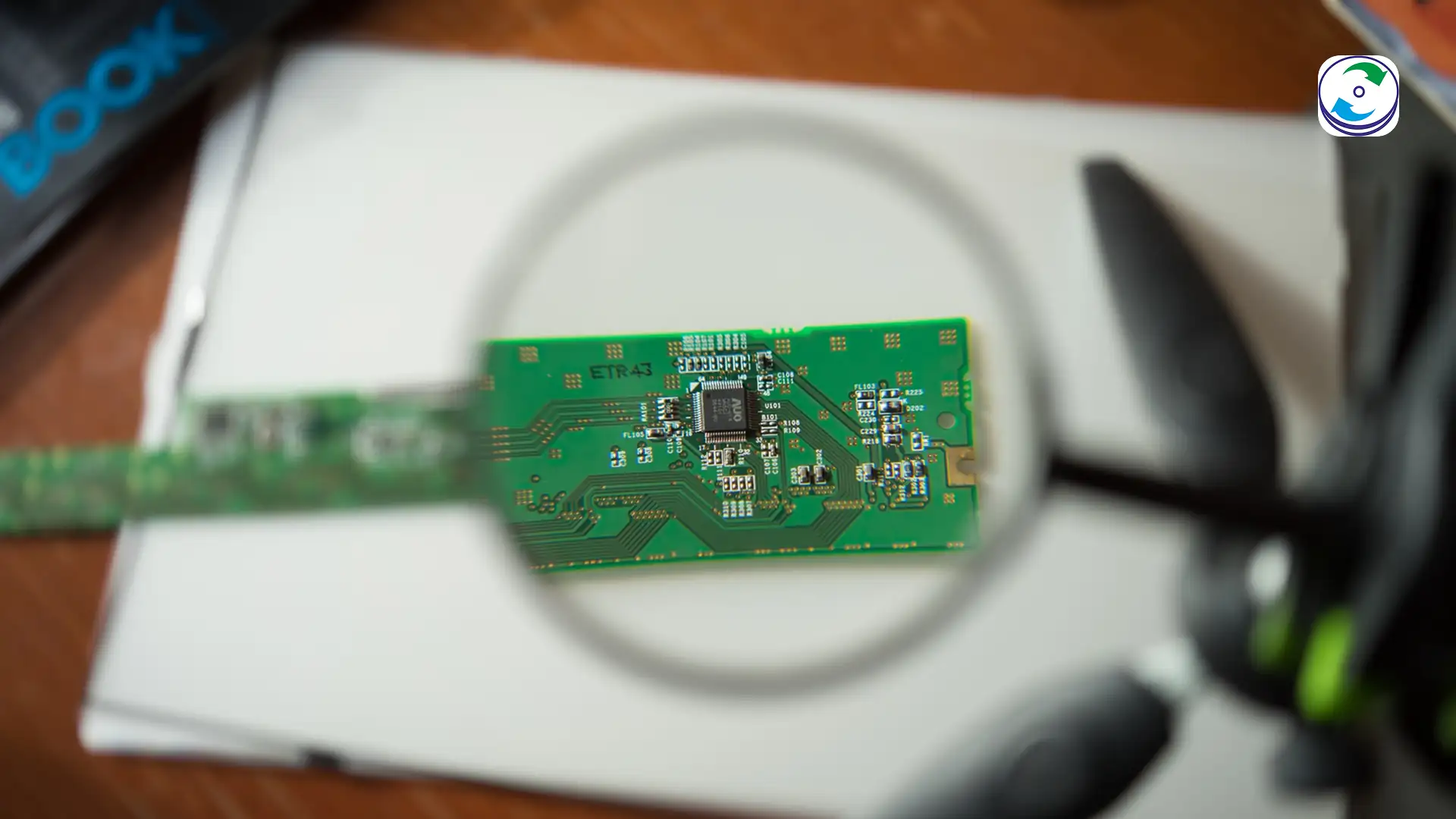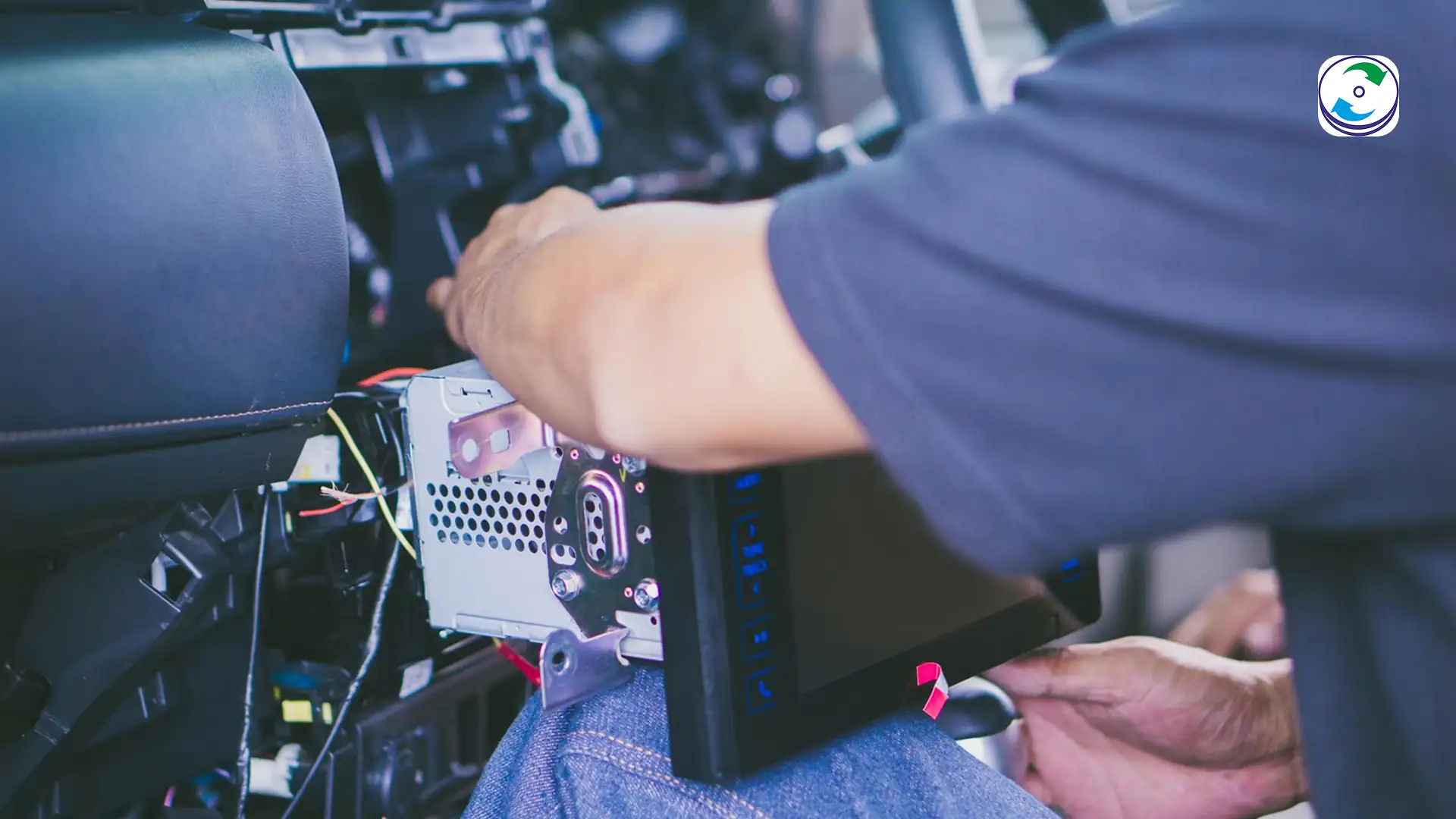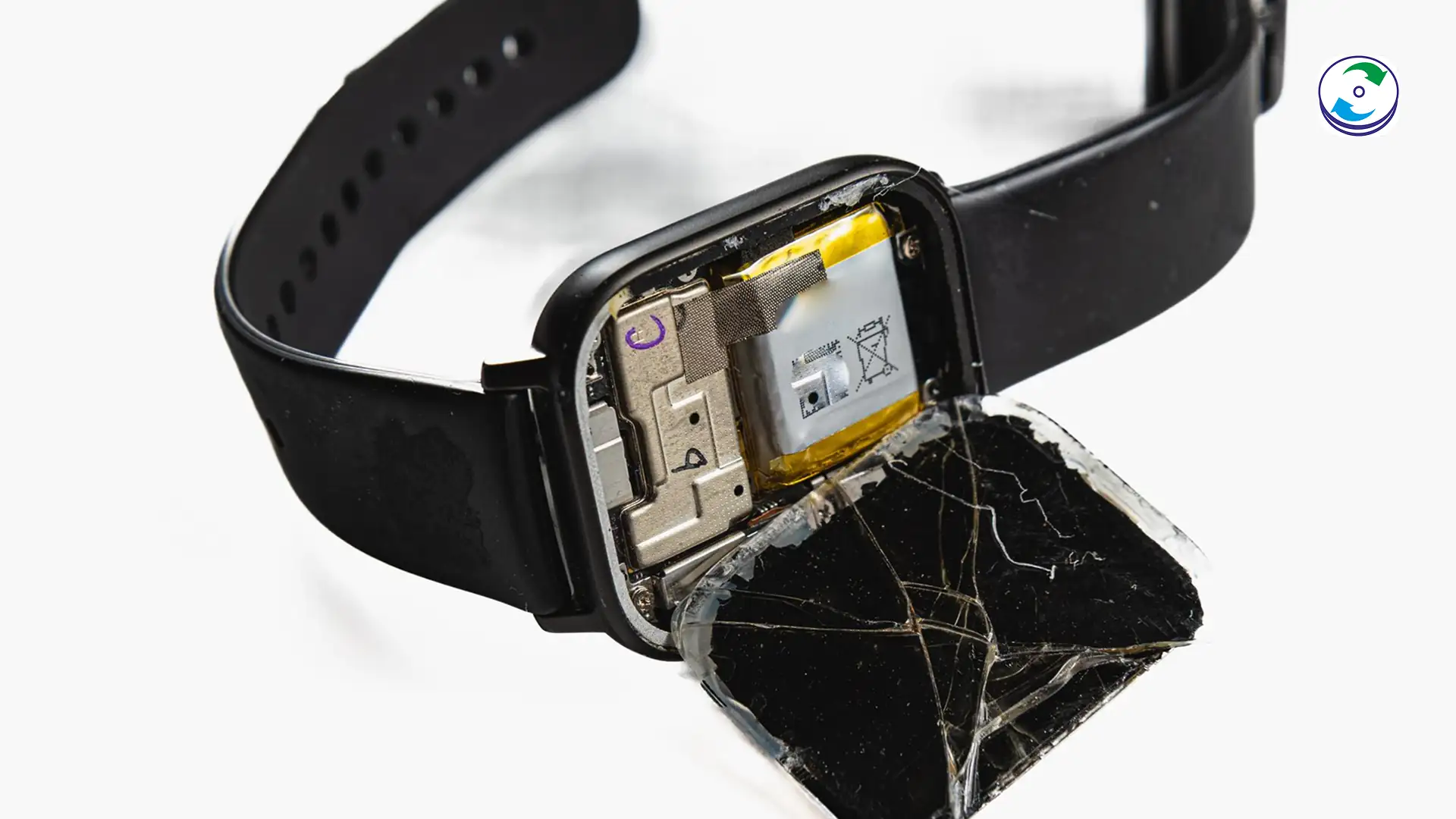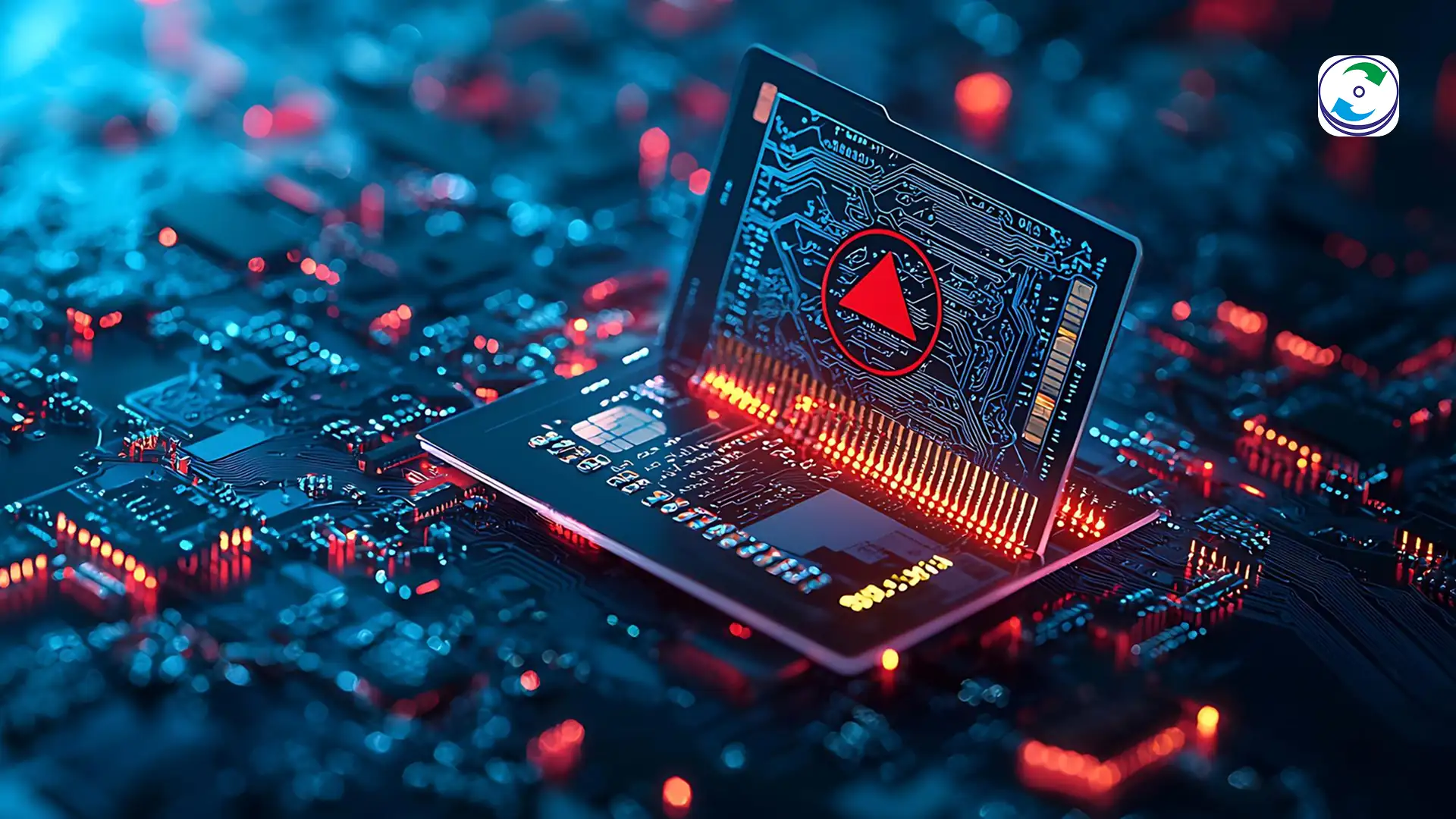Data Loss from Water or Fire Damage: Can Your Device Be Saved?
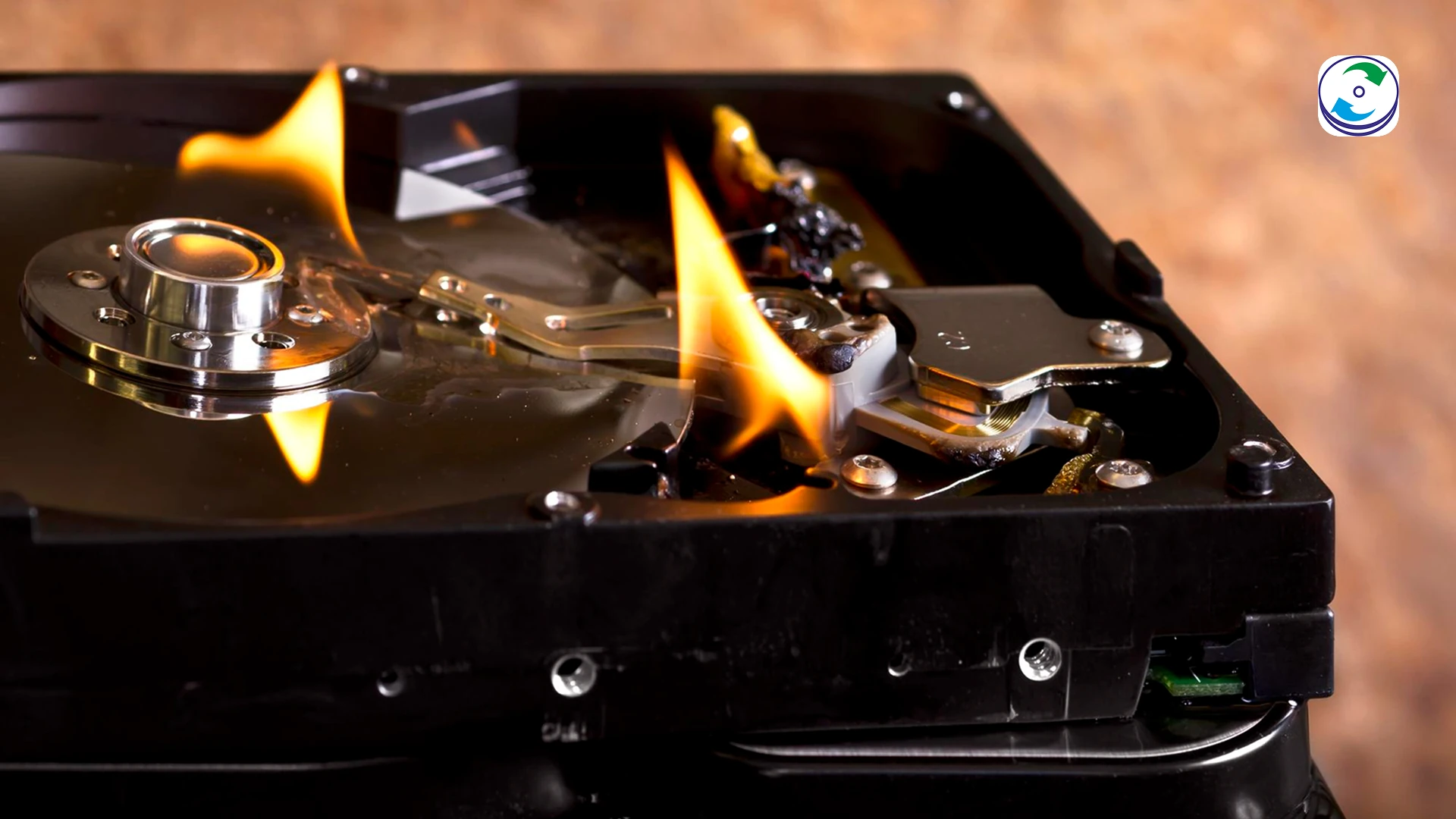
The Catastrophic Threat to Your Data
Natural disasters, household accidents, and unforeseen incidents like fire or water damage are among the most terrifying scenarios for any data owner. The sight of a smoke-filled room or a submerged computer can immediately fill you with dread, not just for the device itself, but for the priceless data it holds—years of business records, client information, family photos, and more. The common misconception is that once a device has been exposed to such elements, the data is gone forever.
At DataCare Labs, we are here to tell you that this is often not the case. While water and fire damage are severe, they don’t always destroy the magnetic media that holds your data. The success of a recovery, however, hinges on a single, critical factor: what you do immediately after the incident. Your actions in the first few hours can make the difference between a successful, high-percentage recovery and permanent data loss. This guide will walk you through what happens to your devices in these scenarios, what to do (and what to absolutely avoid), and why professional intervention is your only hope for successful water damaged device recovery and fire-damaged media restoration.
The Chemistry of Water Damage: Why Speed is Everything
When a device like a hard drive, SSD, or mobile phone gets wet, it’s not the water itself that destroys the data—it’s the cascade of chemical reactions that follows.
- Short Circuits: The most immediate danger is a short circuit. If a powered-on device comes into contact with water (which is rarely pure and contains conductive minerals), it can create unwanted electrical pathways, frying sensitive components on the Printed Circuit Board (PCB) instantly.
- Corrosion: Even if the device is off, water introduces oxygen to metal components, leading to rapid oxidation and corrosion. This process can begin within hours, eating away at the microscopic circuits on the PCB and the delicate internal components of a hard drive. Saltwater is particularly corrosive and can cause irreparable damage much faster than freshwater.
- Contamination: Water can carry contaminants and debris (dirt, soot, minerals) into the drive, which can cause catastrophic damage if the drive is powered on after it appears to be dry. A single particle of dust is enough to cause the read/write heads to crash onto the platters, permanently destroying the data.
Critical Do’s and Don’ts for Water-Damaged Devices
The wrong action here can permanently kill your chances of recovery. Follow these steps meticulously:
- DO power off the device immediately. If a laptop is submerged, unplug it and remove the battery if possible.
- DO gently pat the exterior of the device dry with a clean, lint-free cloth.
- DO place the device in a clean, airtight bag to prevent further exposure to air and moisture. Adding silica gel packets to the bag can help, but do not rely on it as a solution.
- DO contact a professional data recovery service like DataCare Labs immediately. Time is your biggest enemy.
- DON’T try to power on the device to “see if it works.” This is the number one cause of permanent data loss in water-damaged cases.
- DON’T use a hairdryer, oven, or direct sunlight to dry the device. Excessive heat can warp platters and destroy fragile electronics.
- DON’T bury the device in rice. This popular myth is ineffective for hard drives and can introduce starch and dust, accelerating corrosion and further contaminating the device.
- DON’T open the device yourself. You will expose the platters to contaminants, and without a specialized cleanroom, you will cause permanent damage.
The Chemistry of Water Damage: Why Speed is Everything
Fire damage is a more complex and often more destructive scenario. The key question is whether the internal platters, where the data is magnetically stored, have been compromised.
- Heat Damage: While the drive’s casing is metal, it is not invincible. Extreme heat can warp the platters, making them unreadable. More critically, if the temperature exceeds a certain point (Curie temperature), the magnetic properties of the platters can be erased, leading to irreversible data loss.
- Soot and Smoke Contamination: Even if the drive’s internal components survive the heat, a fire-damaged drive is often heavily contaminated with soot and smoke particles. If the drive is opened in a normal environment, these particles can be deposited onto the platters and cause head crashes, destroying the data.
- Water from Fire Extinguishing Efforts: Fire-damaged devices are often also water-damaged due to the efforts of firefighters. This introduces the added risk of corrosion and short circuits, complicating the recovery process further.
How Data Recovery Professionals Save Fire-Damaged Devices
Successfully recovering data from a fire-damaged drive requires a unique and specialized approach:
- Decontamination: The exterior of the device must be carefully cleaned and decontaminated before it is ever opened.
- Cleanroom Procedure: The drive is taken into a Class 100 Cleanroom—a sterile environment where airborne particles are controlled to prevent further damage to the delicate internal components.
- Physical Reconstruction: Our engineers will carefully inspect the platters for warping or scorch marks. The PCB, read/write heads, and other components may need to be replaced with parts from a donor drive.
- Platter Cleaning: A specialized process is used to clean the platters of any remaining soot or contamination, preparing them for data extraction.
- Data Extraction and Cloning: Once the drive is stabilized, the platters are spun, and the data is read sector-by-sector and cloned onto a new, functional drive. This entire process is often a race against time, as the magnetic media’s integrity may continue to degrade.
Why Professional Recovery is Your Only Viable Option
The stark reality is that you cannot recover data from a water or fire-damaged drive at home. These are not software-level issues; they are physical, mechanical failures that require:
- Class 100 Cleanroom: The most critical component. Without this sterile environment, a hard drive’s platters will be permanently destroyed the moment the casing is opened.
- Specialized Tools: We use advanced tools for delicate platter handling, PCB repair, and head replacement. These tools are not available to the public.
- Expertise: Our certified engineers have extensive experience in diagnosing complex physical damage and executing precise, risk-free recovery procedures.
- Parts Inventory: We maintain a large inventory of donor drives to source the exact parts needed to rebuild your device and access its data.
At DataCare Labs, we provide expert water damaged device recovery and fire-damaged media restoration services from our state-of-the-art lab in Pune, Maharashtra. We understand the value of your data and are equipped to handle the most catastrophic of failures with the highest chance of success. When disaster strikes, the most important call you can make is to a professional data recovery service to secure your data’s future.

